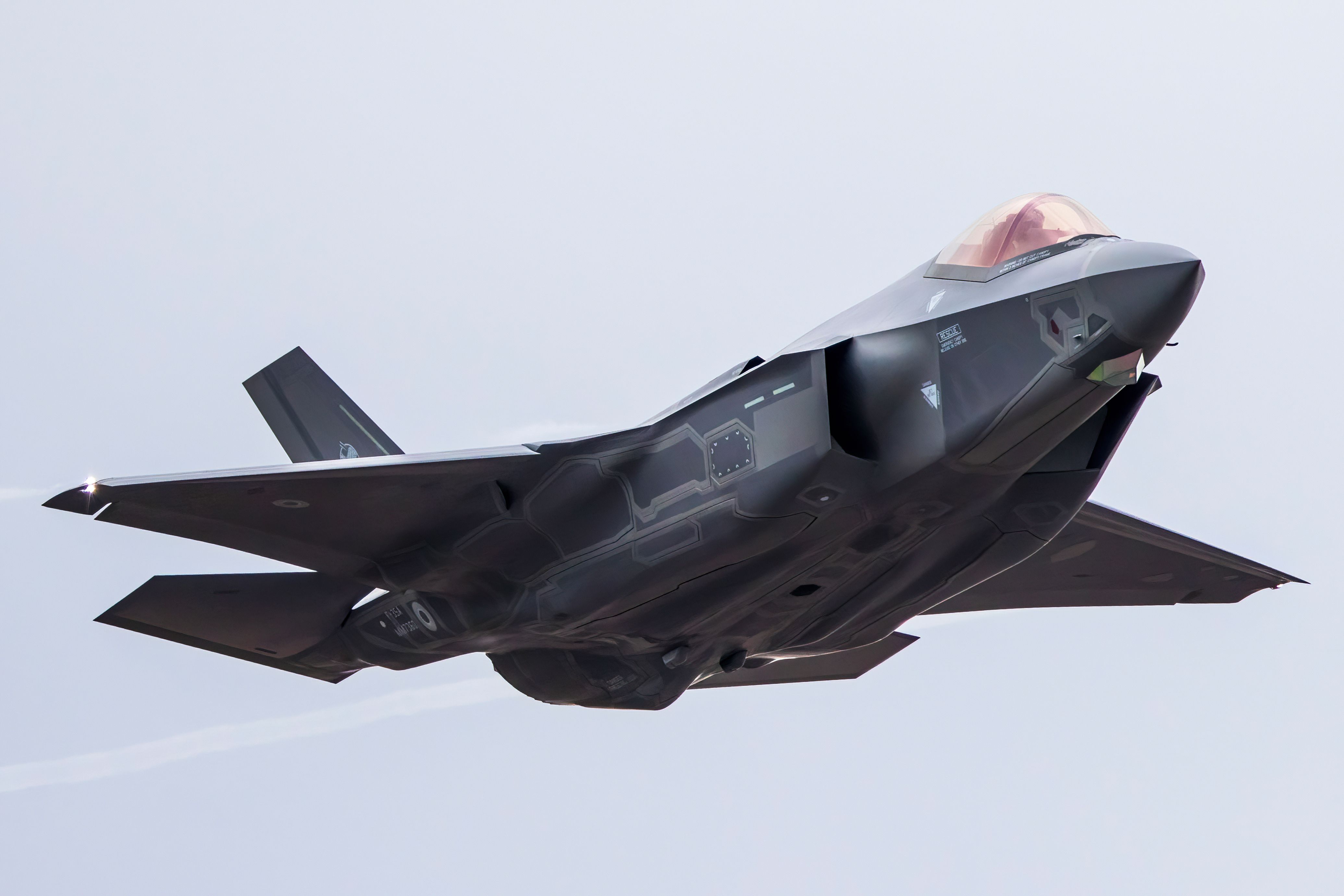In a historic first, Norway’s military landed a F-35A stealth fighter jet on a highway, demonstrating the versatility of non-traditional airstrips for militaries concerned about vulnerable airbases. The Norwegian Armed Forces conducted the exercise in Finland, a fellow NATO member, during a training session with Finnish F-18s. The event represents a milestone not just for Norway, but also for NATO and the Nordic countries. The landing aligns with the U.S. military’s ongoing efforts to utilize non-traditional airstrips as part of its Agile Combat Employment strategy.
Key Points:
- Versatility of Airstrips: Norway’s military successfully landed two F-35As on a Finnish highway as part of a training exercise, showcasing the potential for non-traditional airstrips to protect against vulnerable airbases.
- Nordic Cooperation: Major General Rolf Folland, chief of the Royal Norwegian Air Force, emphasized that the successful landing demonstrated deep cooperation among the Nordic countries and within NATO.
- U.S. Precedent: The U.S. military has been using non-traditional airstrips, like highways, as part of its Agile Combat Employment efforts. The aim is to disperse forces and make it more challenging for adversaries to target aircraft on the ground.
- Fuel and Resupply Constraints: Despite its advanced capabilities, the F-35A is limited by how long it can operate without needing to refuel and resupply, a challenge that was highlighted by the Norwegian military.
- Adversarial Threats: The U.S. military sees non-traditional airstrips as a way to counter threats from potential adversaries like Russia and China, who could target traditional airbases and runways in a conflict.






